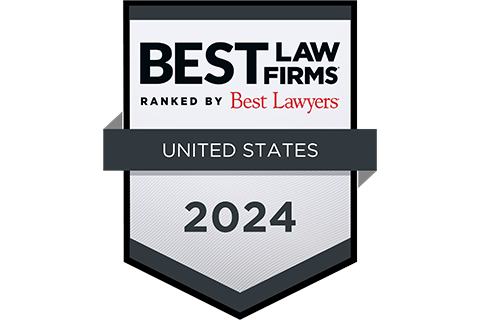Key PFAS Regulatory Standards Set in California
In support of California’s efforts to investigate and evaluate the presence of per- and polyfluoroalkyl substances (PFAS) in the environment, the San Francisco Bay Regional Water Quality Control Board (Regional Board) has released interim final Environmental Screening Levels (ESLs) for two key prevalent PFAS compounds: perfluorooctane sulfonate (PFOS) and perfluorooctanoate (PFOA). These ESLs provide critical guidance regarding what levels of contamination will require investigation and cleanup, across the state. In addition, these new standards will be influential across the country, as other states grapple with widespread detections of PFAS in groundwater and surface waters.
The Current Regulatory Landscape
PFAS compounds were manufactured in the United States beginning in the 1940s. Their ability to repel oil and water led to their widespread use in consumer products, such as non-stick pans, raincoats, carpets and upholstery, and food packaging. PFAS compounds were also widely used in industrial processes, including chrome plating, electronics manufacturing, and firefighting foams. Over the last decade, it has become clear that PFAS—which have been linked to a number of potential health effects—are present in groundwater and surface waters across the country that are used as sources of drinking water.
Federal law currently does not regulate PFAS. But the U.S. EPA has pledged to evaluate potential PFAS regulations, including designating certain compounds as “hazardous substances” under CERCLA (i.e., Superfund), setting maximum contaminant levels (MCLs) for drinking water, and developing regulatory standards at cleanup sites.
In the meantime, California has taken action. In 2019, the State Water Resources Control Board sent PFAS investigation orders to priority facilities across the state (including commercial airports, municipal solid waste landfills, and chrome plating facilities), as well as hundreds of public water systems that are near such facilities and/or have had PFAS detections.
The New ESLs for California Will Impact PFAS Standards Nationwide
To facilitate the state investigations, the Regional Board issued two memoranda on May 27—one setting forth interim final ESLs for PFOS and PFOA, and a second setting out a regulatory approach using those ESLs.
The new ESLs will become a key driver for assessing PFAS contamination across California. ESLs are risk-based concentrations of chemicals against which sampling data can be compared. Where ESLs are exceeded, the site may pose a significant threat to human health or the environment, and further investigation is warranted (and often required) to determine whether cleanup is necessary. ESLs therefore play an important role in many contexts, including due diligence for property acquisitions, use of a water source as drinking water (in the absence of MCLs), and regulatory investigations.
ESLs also serve as a bellwether for other states that are setting standards for the same chemicals. Given the absence of federal regulation of PFAS, the new ESLs will play a key role in decision making in many jurisdictions. Moreover, in states without PFAS screening levels or other standards, private parties assessing PFAS risk will look to the new ESLs as a significant factor in their analysis.
Regulatory Action Using the ESLs
The Regional Board will use the new ESLs as part of a regulatory approach to PFAS testing, investigation, and cleanup that will initially focus on priority sites, including:
- Firefighting practice training areas;
- Semiconductor facilities;
- Electronics manufacturers;
- Former chrome plating facilities and non-chrome metal plating and finishing facilities;
- Mining industry (copper, gold, aluminum, vanadium, and uranium);
- Textile manufacturers and processors;
- Furniture manufacturers and upholsterers;
- Carpet manufacturers;
- Cardboard/paper packaging manufacturers;
- Surface coatings/paints/varnish manufacturers and high-volume users; and
- Manufacturers of known PFAS-containing products, such as dental floss, non-stick cookware, food packaging materials, waterproof textiles, medical garments, and personal care products.
Results of the testing will be compared with ESLs and used to decide whether to require additional site investigation and/or cleanup.
This approach is likely to be replicated across California and in other jurisdictions focused on PFAS contamination and related public health issues.
Analysis and Conclusions
The interim final ESLs are a major step forward into the uncharted, but fast approaching, world of routine PFAS site assessment and cleanup. For sites where PFAS sampling has already been conducted, these ESLs offer an opportunity to proactively review and evaluate regulatory risk, and to develop a response strategy. For those who have been hesitant to conduct testing due to the lack of screening levels, key guidance is now available.
Given that PFAS compounds have been detected in groundwater and surface water throughout California and the rest of the United States, efforts to investigate and clean up PFAS will rapidly intensify. As a result of the new ESLs, property owners (and potential purchasers of property) are now in a better position to take meaningful steps to understand the potential risks and costs associated with PFAS contamination.

